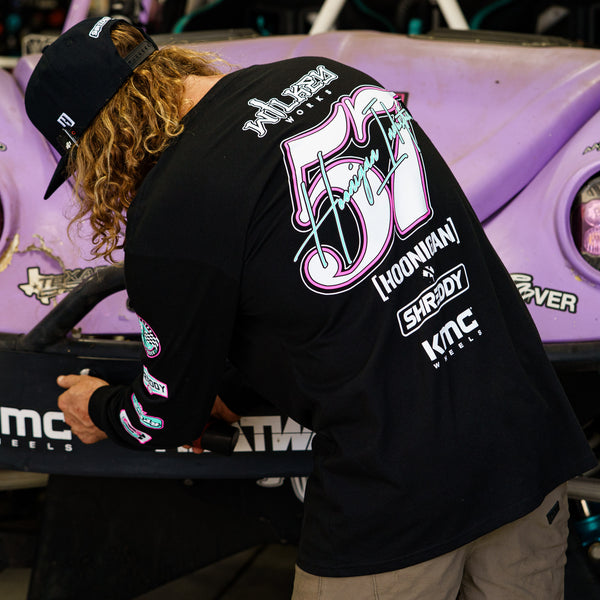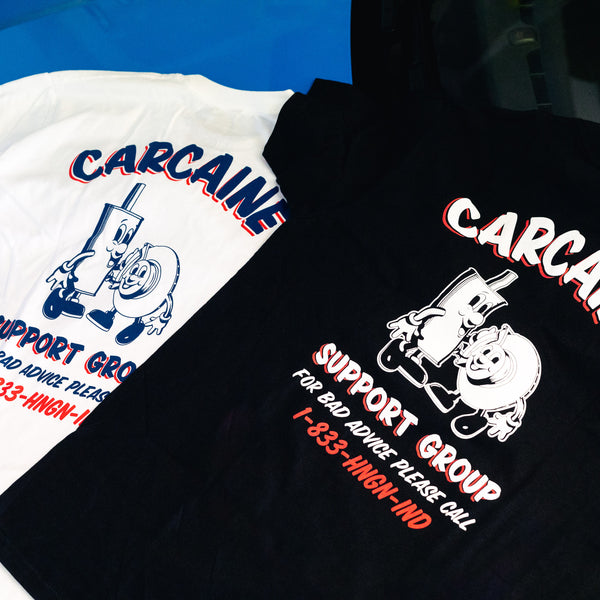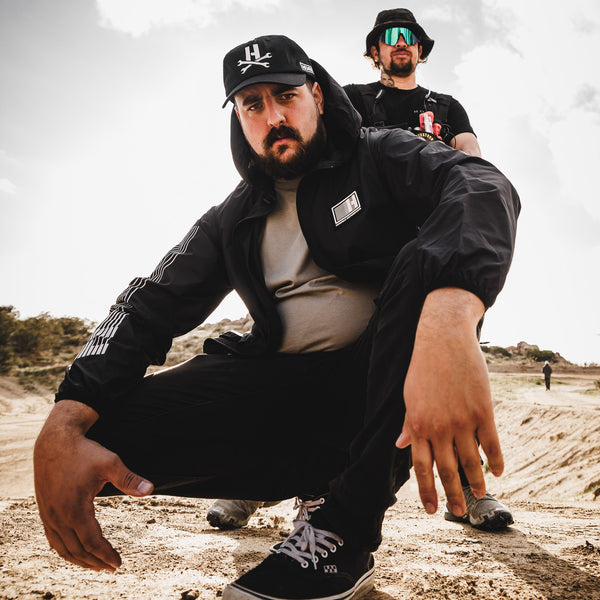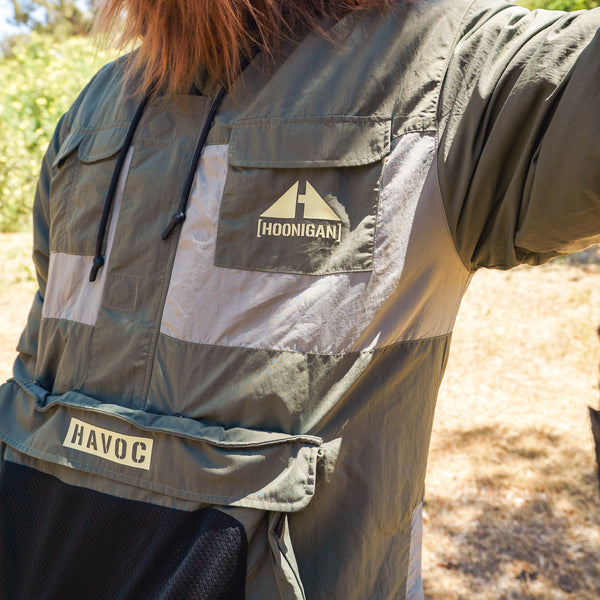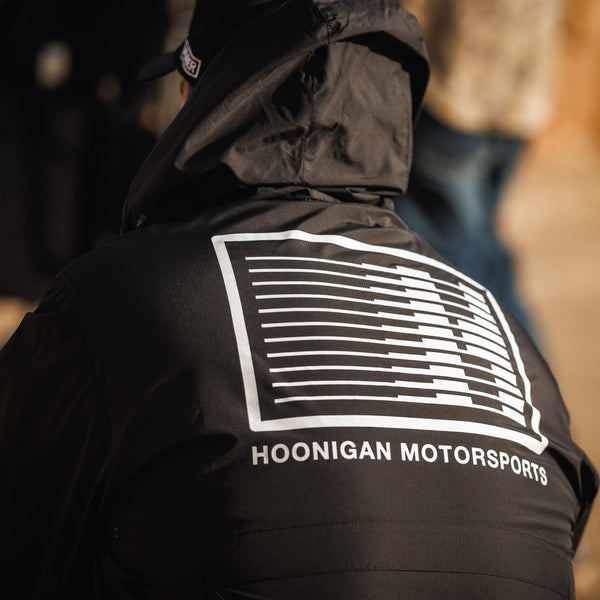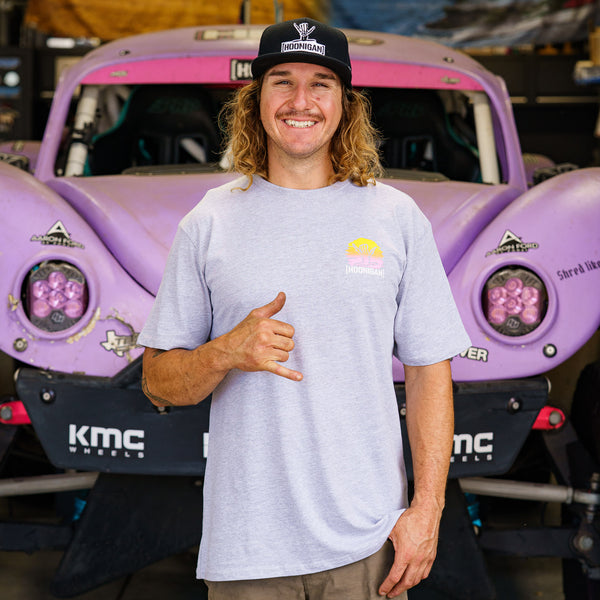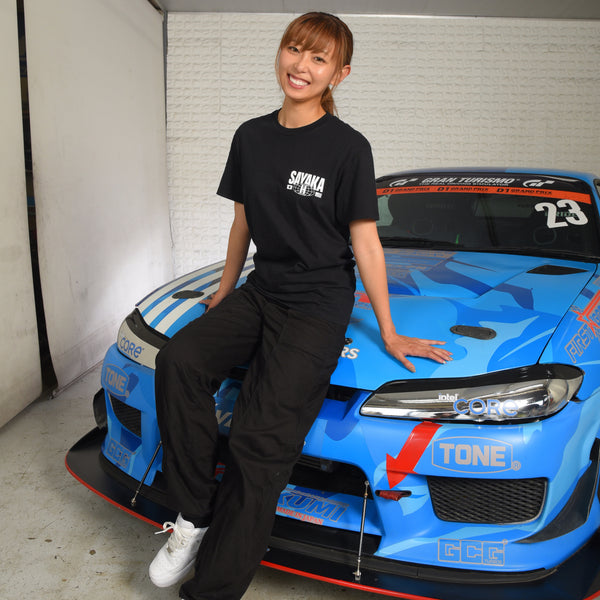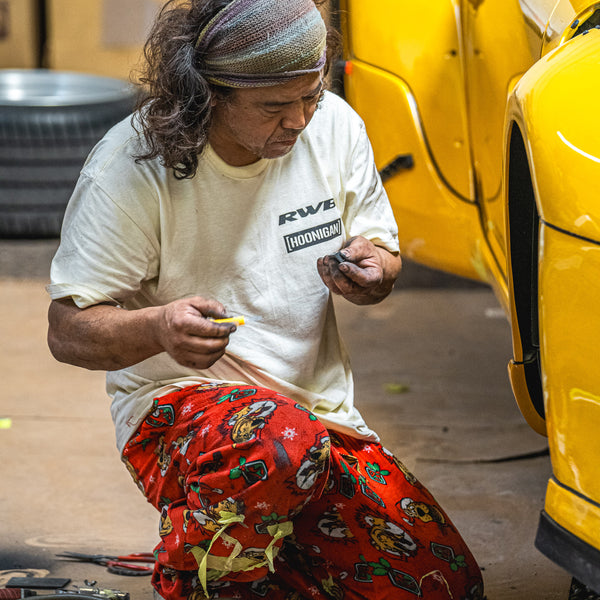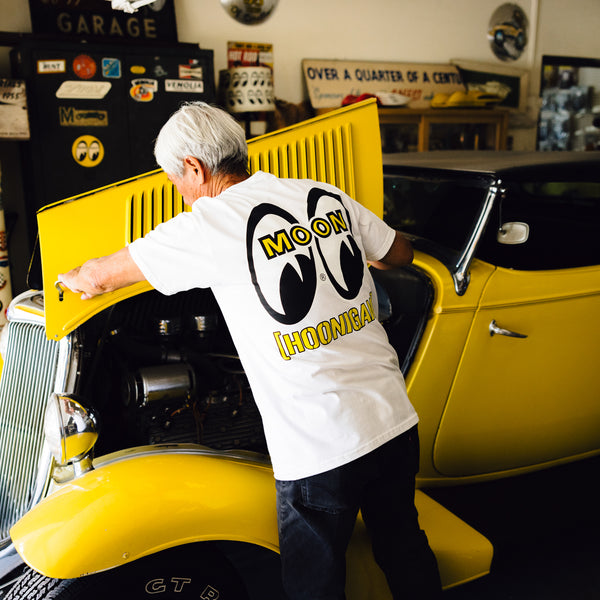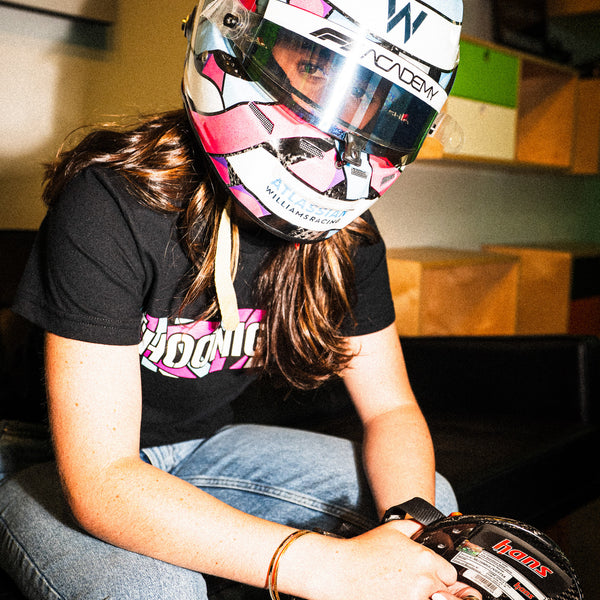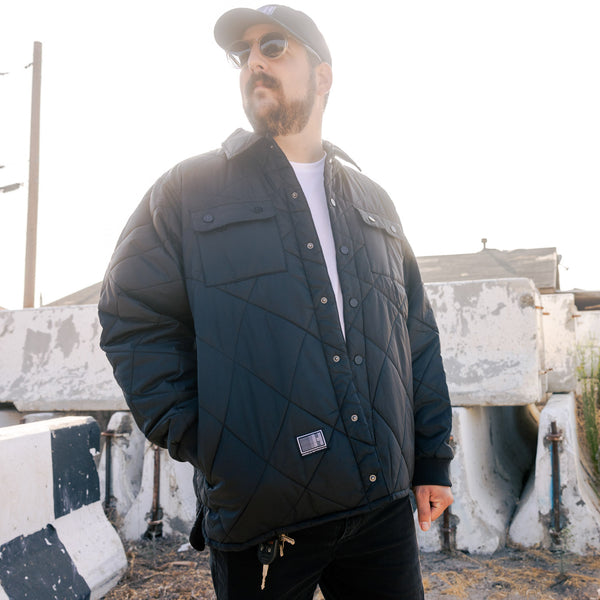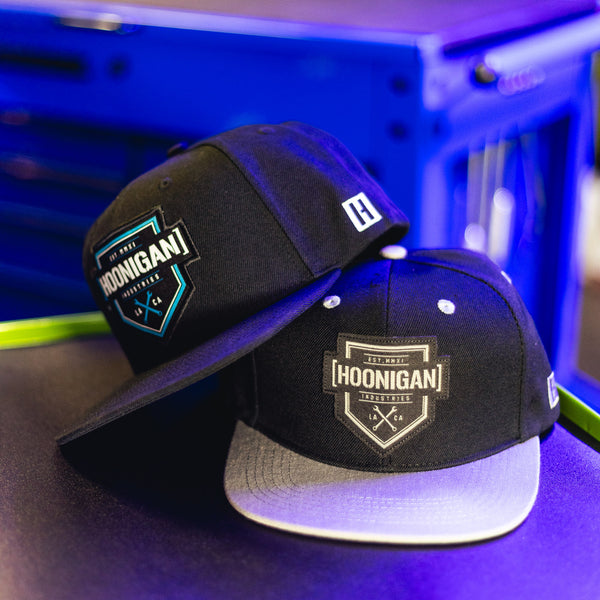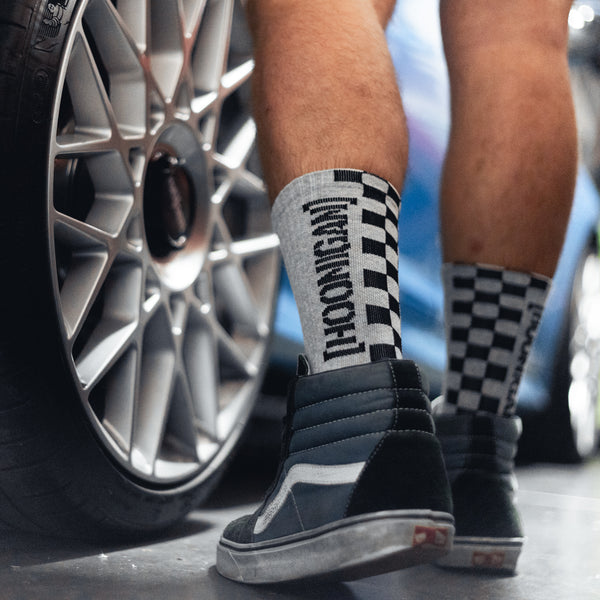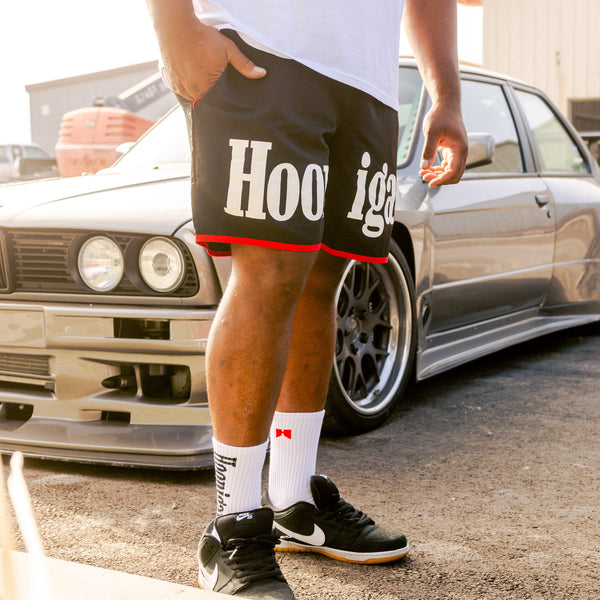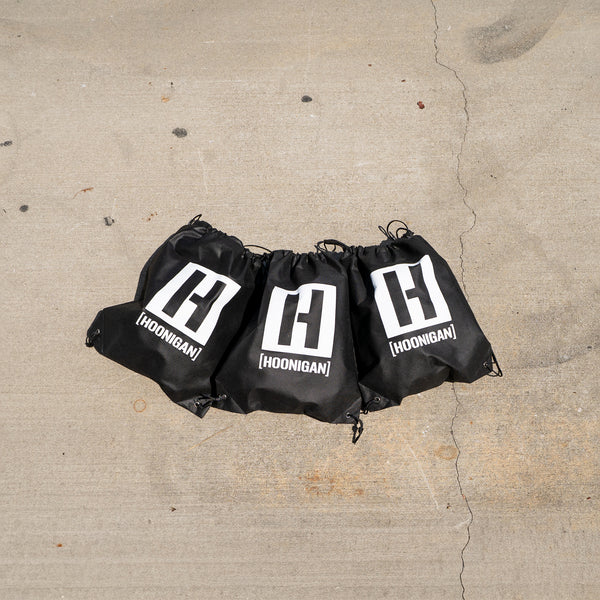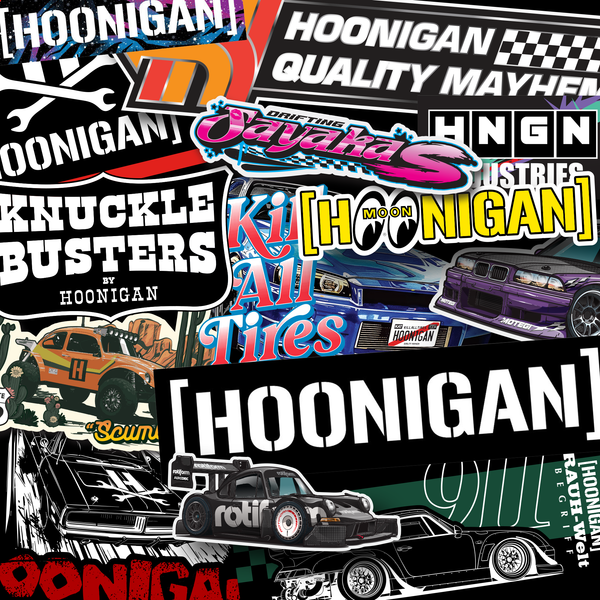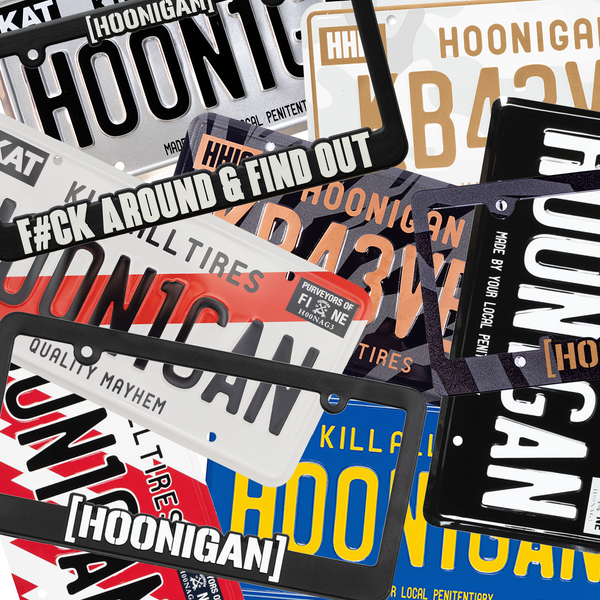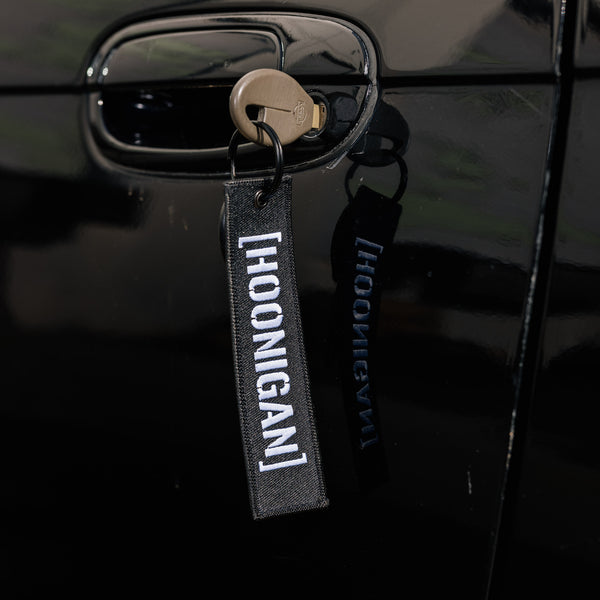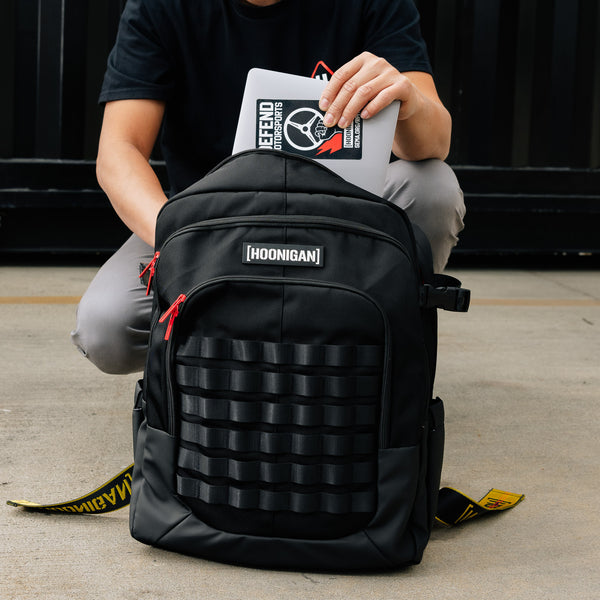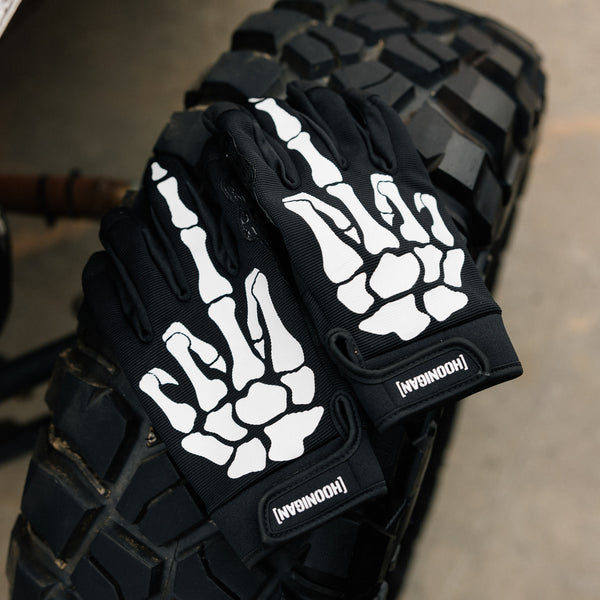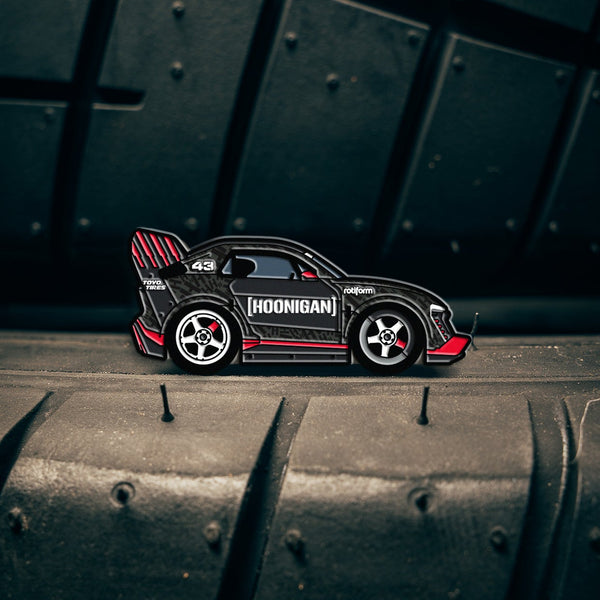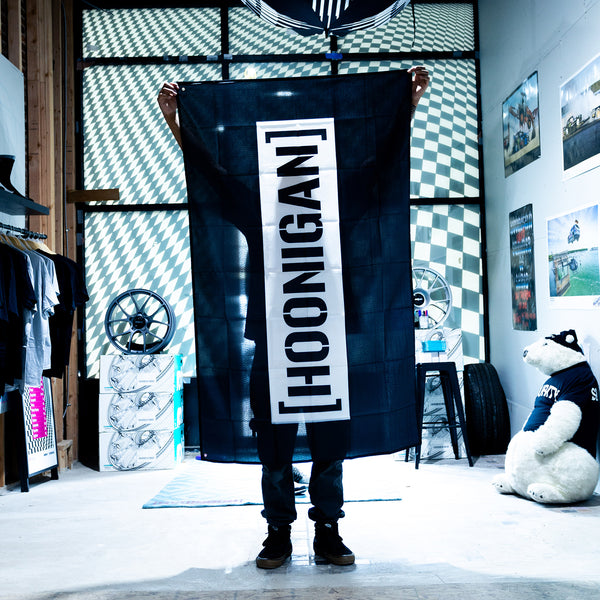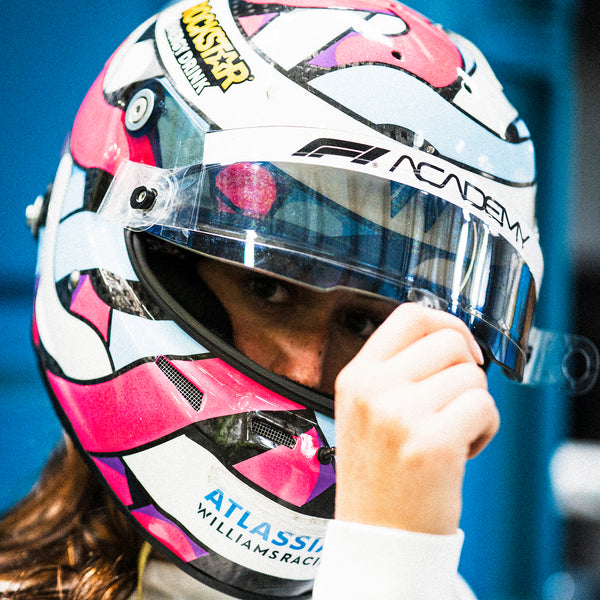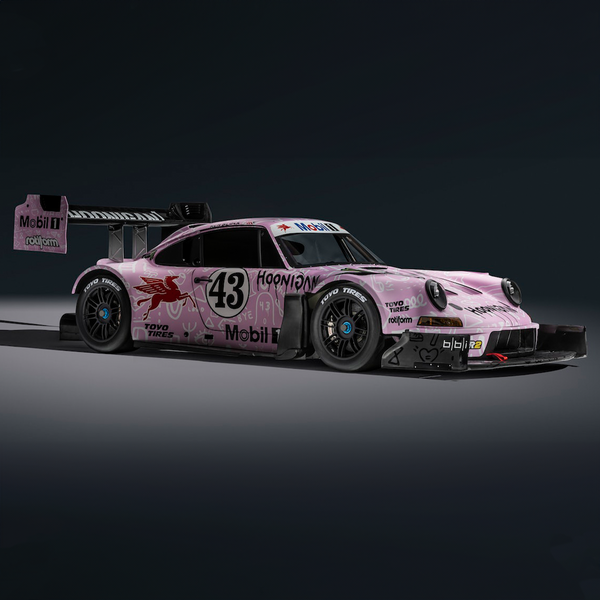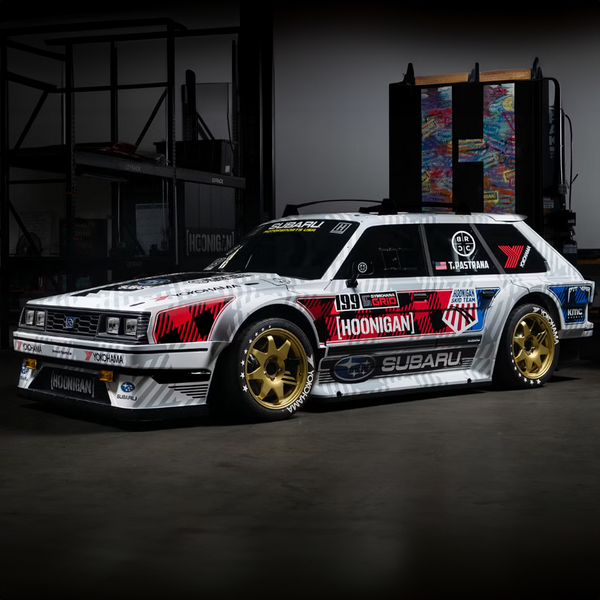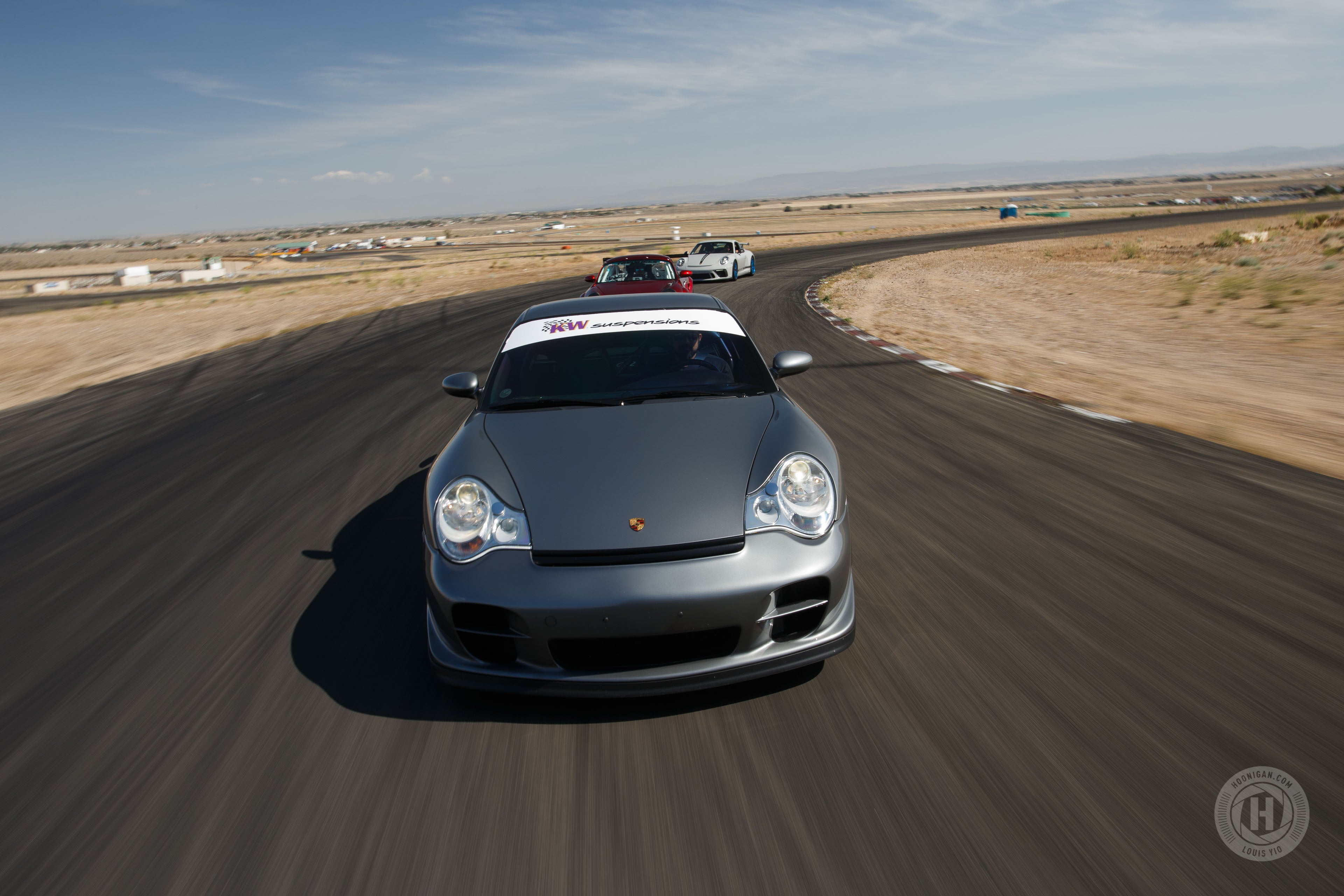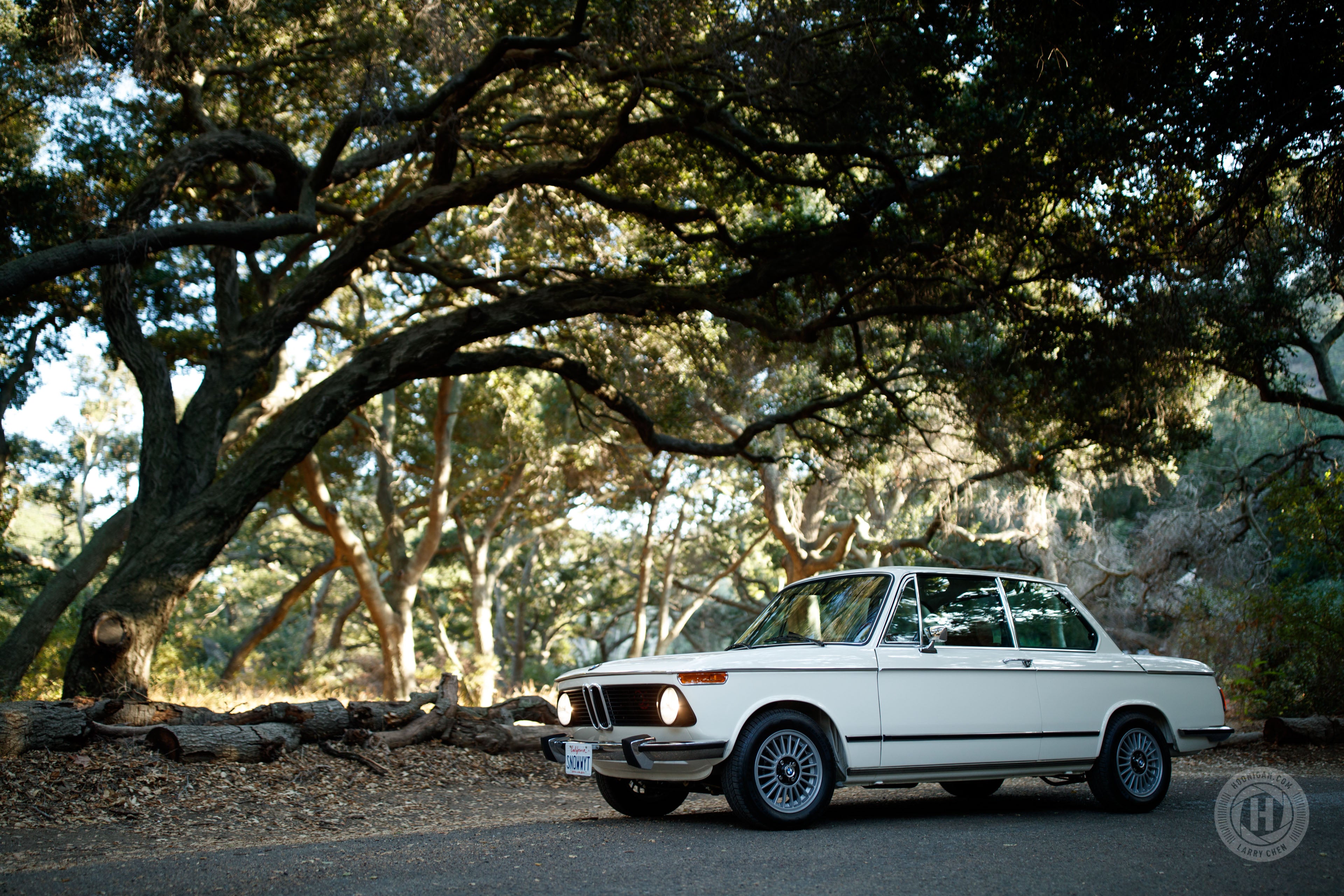Not long after the 2017 SEMA Show in November, I headed over to Germany to work with Vaughn Gittin Jr. on a video project with him drifting the Nurburgring in his Ford Mustang.
Things didn't necessarily go as planned when Mother Nature had her way with rain and we were forced to cut the shoot short, with a plan to head back in the Spring. I'm sure you guys have already seen the video. But if you haven't, you can check it out HERE.
[desktop-only]

[desktop-only-end]
[mobile-only]

[mobile-only-end]
With a full day ruined, we had to figure out something to do and Vaughn got the idea to check out Ford of Europe’s headquarters in Cologne, Germany. It was only about an hour or two away from where we were and with nothing else to do, we decided it was our best (and only) option.
We hopped into a borrowed Ford Raptor, provided by Ford, and drove north until we reached their headquarters. Driving through town with a large truck like the Raptor brought about some interesting looks from the locals, especially considering that it was also the only one in Germany.
As soon as we arrived, the people from Ford mentioned that they had a maintenance shop just around the corner that we might be interested in. It would end up being the place where they maintain and keep historic road and race cars, including ones that raced on the Nurburgring. It is called the Ford Classics Museum and is both a shop and a museum.
Unless you were looking for it, you’d never know it was there. Normally, this is a place that no one outside of Ford would get the chance to walk around. Thankfully, with Vaughn being a Ford factory driver, we were allowed this once-in-a-lifetime chance to tour (and photograph) such amazing machines up close and personal.
It had pretty much everything that Ford produced and raced for the European market. From original Model T's to the Zakspeed Capri to Sierra Cosworths to modern Focus Touring Cars, if it touched the Autobahn, the Nurburgring, or German soil, it was most likely here.
[desktop-only]

[desktop-only-end]
[mobile-only]

[mobile-only-end]
The guys who work here are the only ones allowed to maintain and restore these extremely rare vehicles, with some having been there since before I was born. Some of these cars I thought I would never get to see, and these men see them on a daily basis.
The car most European gearheads will recognize is the 1981 Zakspeed Ford Capri. It was built to Group 5 regulations with a BDA I4 and uses a Garrett Turbocharger. Even at just 1.5-liters, it produced 495-horsepower to the rear wheels.
The legacy of the Capri, however, was founded by the Mark 1 Capri RS2600. Originally, these cars came with the Taunus V4 and Cologne V6 engines but in 1971 a special version of these engines were installed by Weslake and featured aluminum heads and mechanical fuel injection. The racing versions of these cars were run in the European Touring Car Championship in the Group 2 class and one of them took the driver’s title with Dieter Glemser behind the wheel.
This is one of the Eggenberger Sierra RS500 Cosworths that entered into the World Touring Car Championship in Group A.
It was driven by legendary drivers, Klaus Ludwig and Klaus Niedzwidz.
[desktop-only]

[desktop-only-end]
[mobile-only]

[mobile-only-end]
Based off of the RS500 Cosworth, the YBD 2.0-liter I4 pumped out 540-horsepower through a Getrag five-speed gearbox. He would end up taking second place, missing the championship by a single point, in the 1987 WTCC championship in this car with the Switzerland based team. Eggenberger Motorsport would also build two RS500s for Alan Moffat Racing for the Bathurst 1000 in 1988 to 1990 and in 1992.
Of course, you can’t have historic European Ford race cars without mentioning the RS200. Built for the monstrous and infamous FIA Group B Rally championship, this car was built with a mid-engine 1.8-liter I4 with a Garrett T3 turbocharger.
It put out 444-horsepower and 361-lb/ft of torque to all four wheels, shifting through a five-speed paddle-shifted gearbox.
It uses twin coilovers at all four corners and the idea is similar to how trophy trucks use two different types of shocks. It allows you to get finer adjustment through travel and you can spread the load of the suspension to two shocks over a single one.
Being able to see and experience these historic race cars and vehicles made for a special and memorable time, especially since it was in a place with no public access.
While the chances of me seeing these cars again are quite slim, I'm hoping that another opportunity arises for me to check out a different selection of rare and unique cars in the future.
Instagram: Lusciousy
louisyio@gmail.com
[desktop-only]

[desktop-only-end]
[mobile-only]

[mobile-only-end]





































































